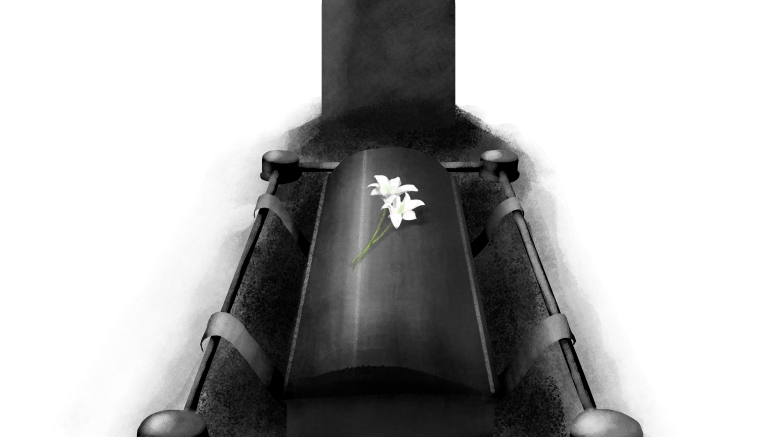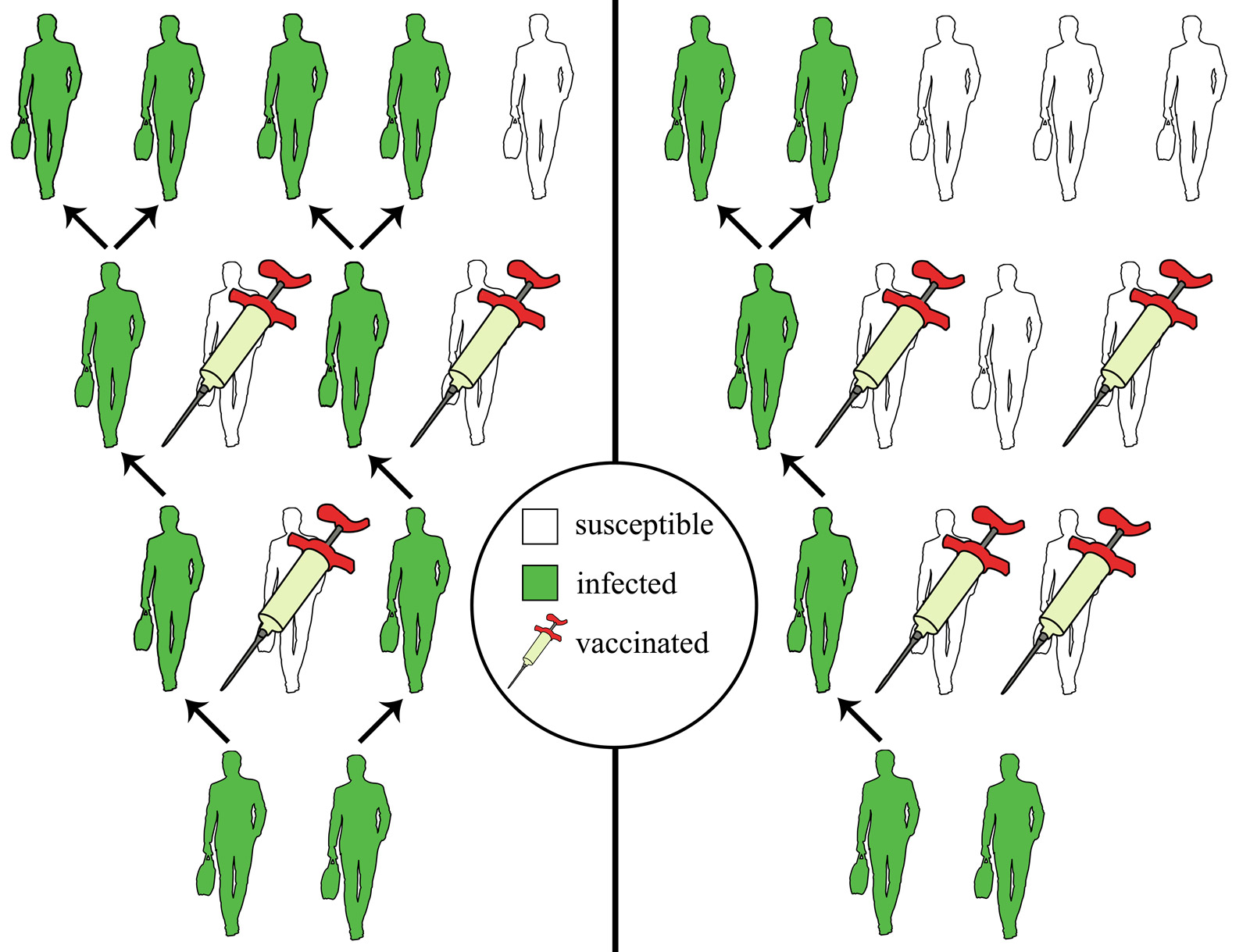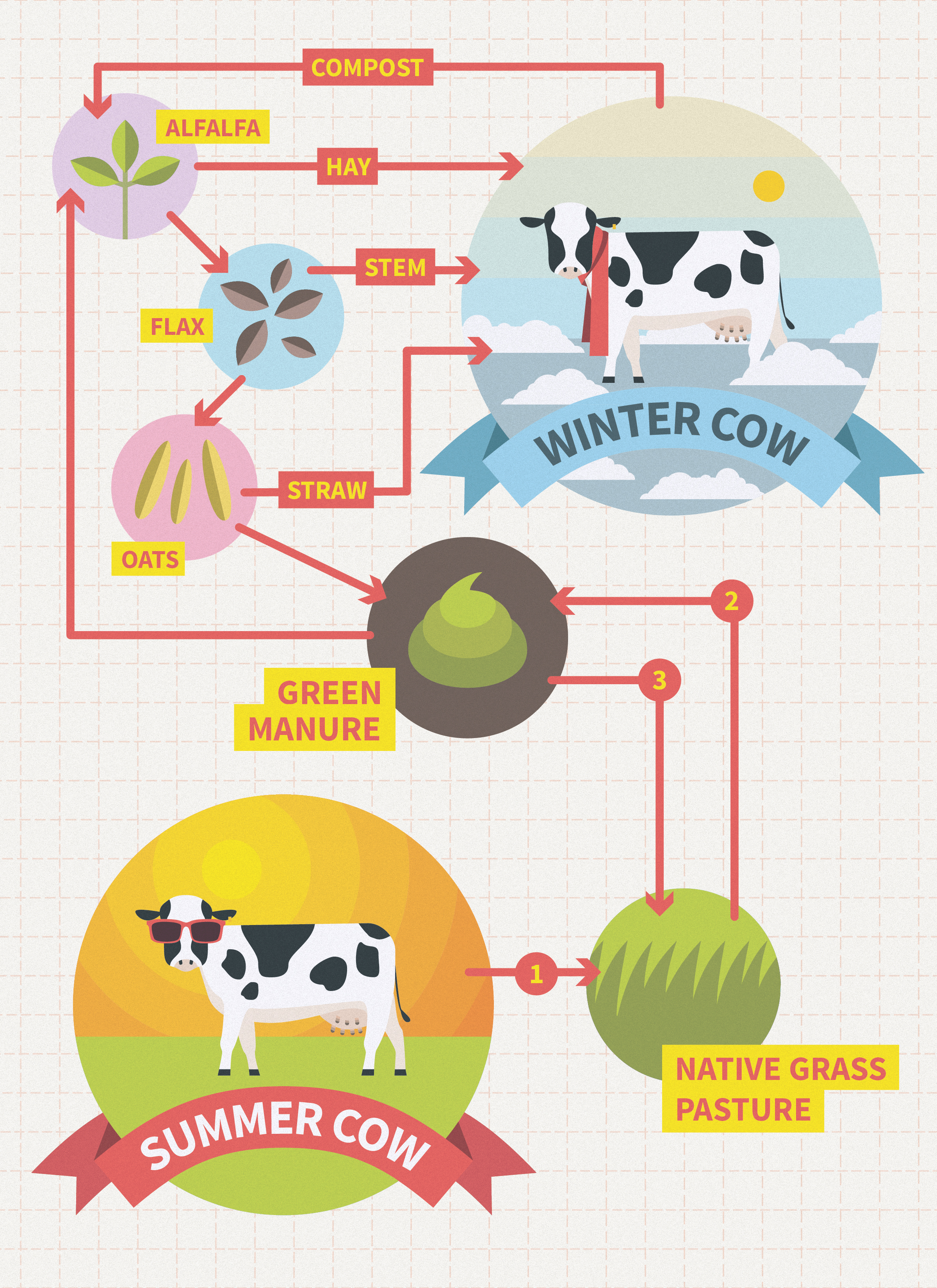Earlier this month, the Rady faculty of health sciences hosted a seminar on the neurobiology of grief. The seminar featured a presentation by Mary-Frances O’Connor, associate professor of psychology and director of the Grief, Loss and Social Stress lab at the University of Arizona.
O’Connor touched on the role of neurochemicals in relationship bonds and how rumination and avoidance can make it difficult to accept a loved one’s passing.
She began the presentation with a metaphor. Imagine your dining room table has been stolen. One night, you wake up to get a glass of water, and as you cross the dining room to enter the kitchen, you pass through the space where the table used to be.
“You feel the absence, the hole, where the dining room table should be,” O’Connor explained. “Just at the level of your hip, there’s this vacuum.”
Though the biological process of sensation is clear, O’Connor noted that neuroscientists struggle to understand this phenomenon.
“What’s very difficult to explain is how we can notice the absence of something,” she said. “And this, I think, is a good metaphor for the way that many bereaved people feel. That, in fact, they feel that they are continuously walking into a room where their loved one should be and feeling that absence, feeling that hole.”
This example, she noted, may be more than a metaphor.
A 2013 study conducted by Nobel Prize-winning researchers studied rats placed in black boxes. At one point in the study, a blue LEGO tower was placed in the box, sparking the interest of the rats. Certain cells in the brain, called object cells, fired in response to the blue tower.
Later, the blue tower was taken away. For eleven days after the tower was removed, the object cells continued to fire in the rat’s brains as though the tower was still there. Like the table in O’Connor’s metaphor, the absence of the blue tower could be felt.
“We think of all the millions of ways that someone we’re close to is more important in our life than a blue tower, and thus the enormous amount that we have to learn when a loved one dies,” O’Connor said.
This, she noted, is why grieving can be thought of a form of learning.
The brain functions as a prediction machine, O’Connor explained. By making predictions about the future, the brain allows us to effectively engage with the world based on a set of underlying assumptions.
“We have certain assumptions in the world,” O’Connor said. “That includes understanding what it is to have a loved one. What is it that we are losing when a loved one dies?”
To answer that question, O’Connor emphasized the importance of studying bonding and attachment.
The brain uses chemicals such as dopamine, opioids and oxytocin to encourage relationships with loved ones. Attachment bonds are “invisible tethers” that tie us to our loved ones and are used as “motivating circuits” that provide neurochemicals as a reward for time spent with loved ones.
Bonding “is physically encoded in the brain,” O’Connor said.
“Our loving relationships with others permanently change our brain,” she said.
“Because they loved us and we loved them, we carry them physically with us forever.”
An attachment bond is distinct from other bonds because it “comes with the implicit belief I will always be there for you and you will always be there for me,” she explained.
O’Connor is currently working on a hypothesis focused on how the brain interprets a loved one as being simultaneously “gone and everlasting.” She said the brain may be constantly accessing “two conflicting streams of information.” First, the memory of the loved one’s death, and second, the attachment belief that arises through bonding.
The attachment belief is the understanding that even when a loved one is not in our physical presence, they still exist. While loved ones are alive, attachment beliefs are important for survival.
O’Connor cited the example of emperor penguins. Emperor penguin males forgo eating to care for their egg while the female leaves to hunt for up to two months. The male penguin must believe their partner will return. If their belief wavers and they leave the egg to hunt for themselves, the egg will not survive.
“Believing in the enduring and everlasting nature of our bond is what is critical to our survival,” O’Connor said.
Despite knowing that a loved one has died, O’Connor explained that the belief they exist still endures. Over time, most people learn to reconcile their attachment belief with the knowledge that their loved one has passed.
O’Connor concluded the seminar by suggesting that, after considering the perspective of the brain, we may pose different questions to those who are grieving.
“Instead of asking ‘how are you doing?’ we might ask ‘what has changed since your loss, what have you learned about grief and grieving?’” she said.





